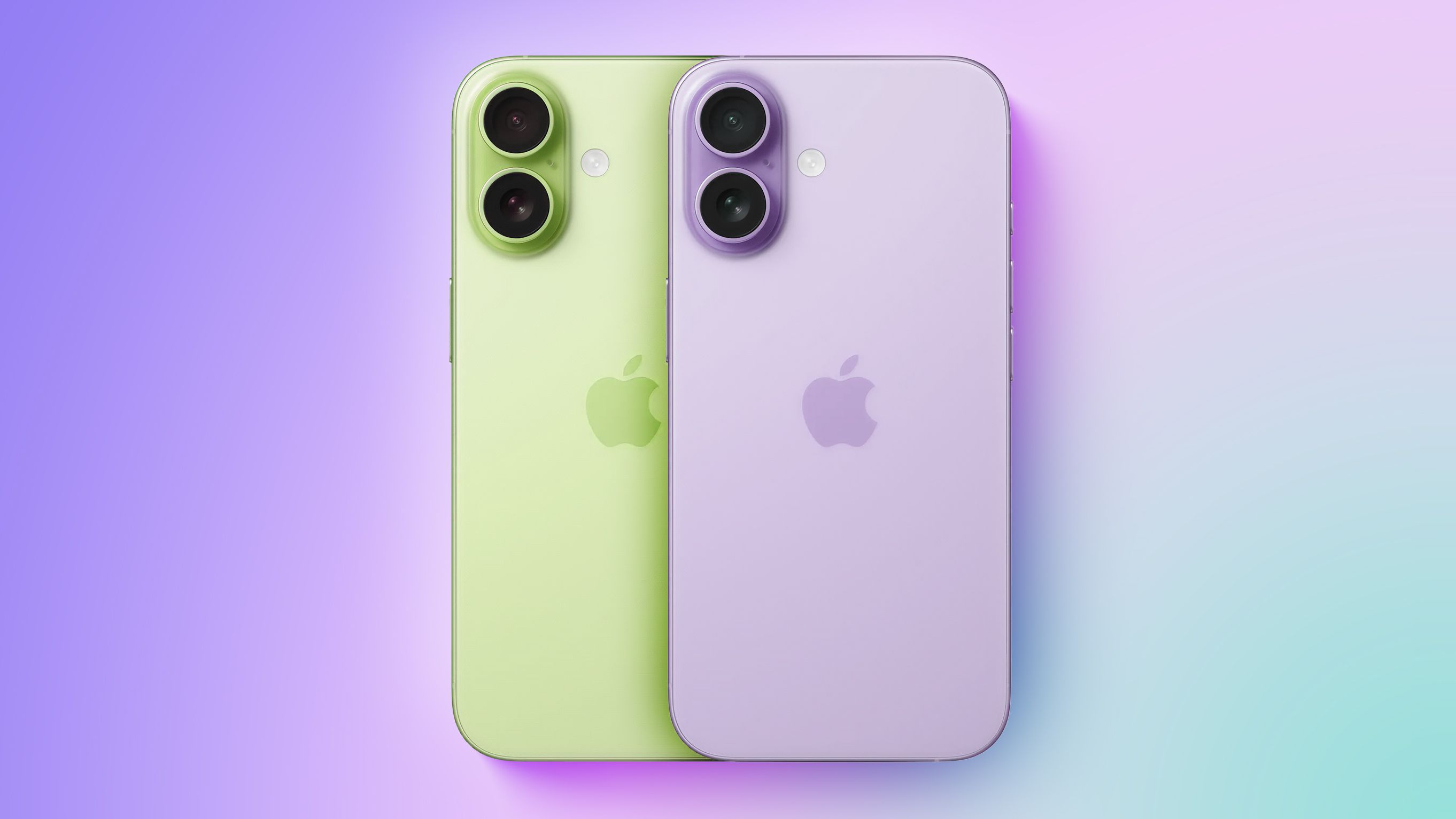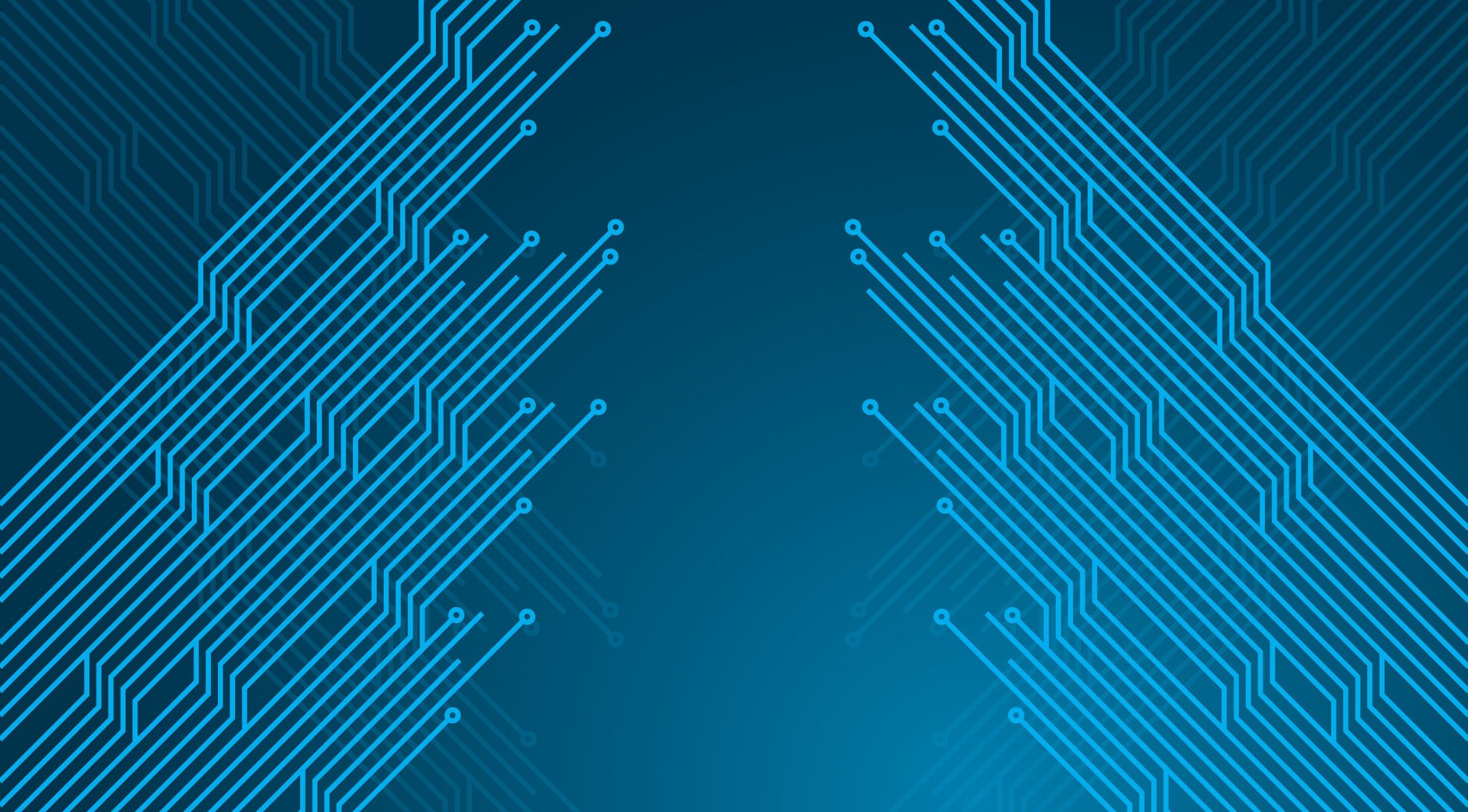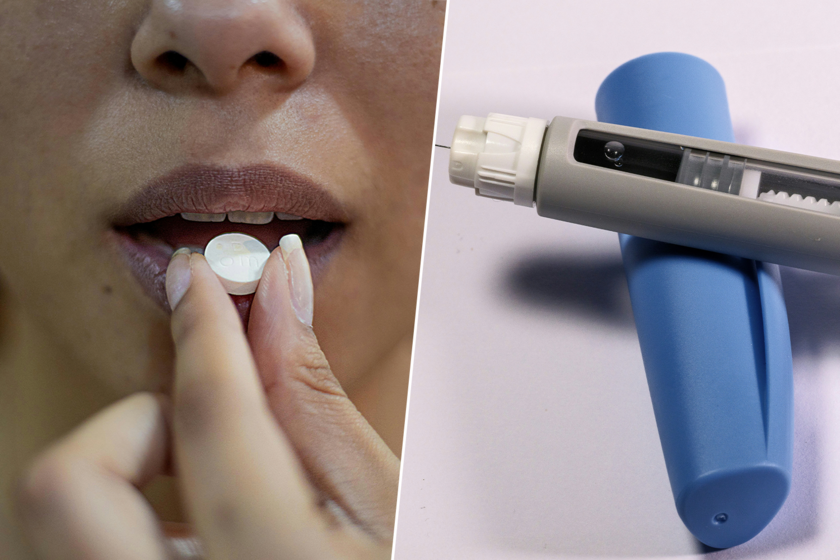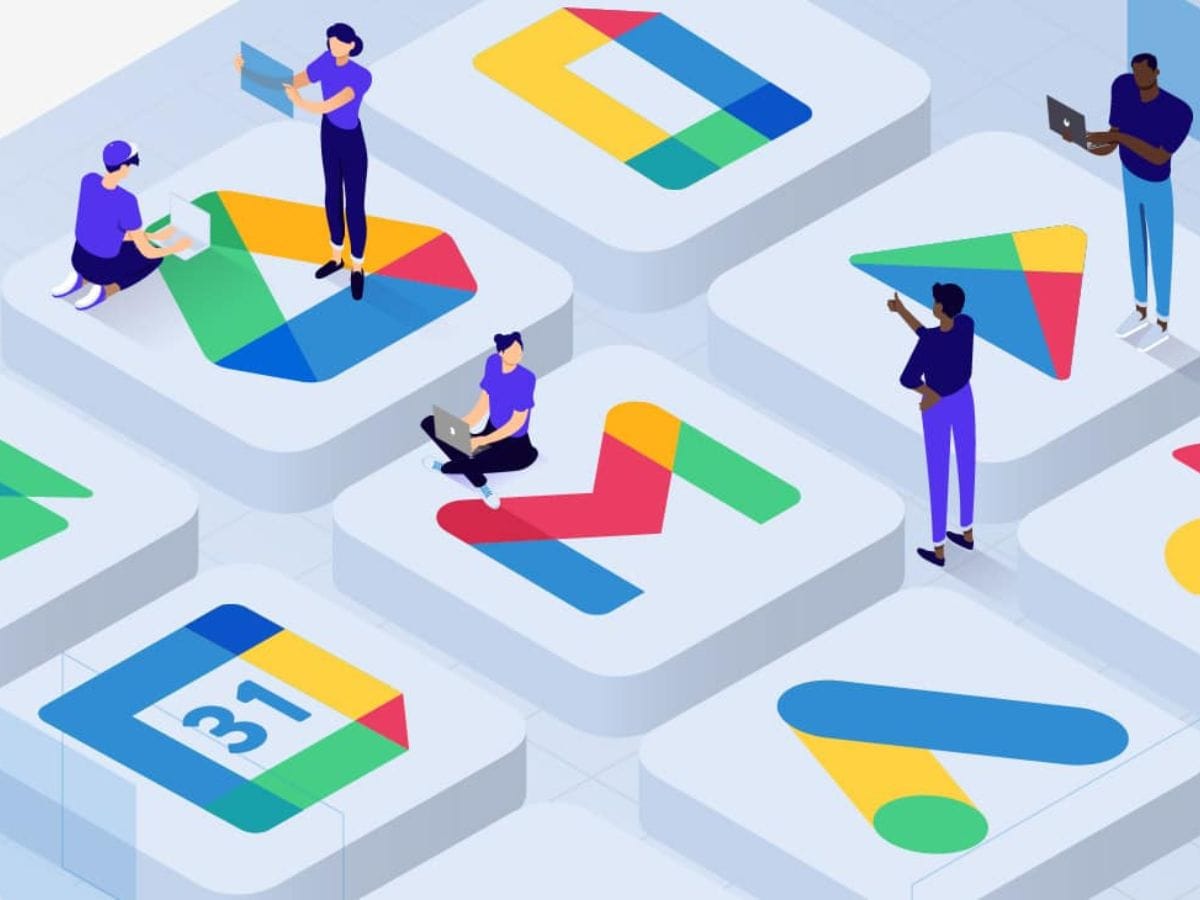For years, Apple was synonymous with boldness. He made quick decisions, broke conventions and challenged the entire industry. Now Apple has become a Big Tech that moves much more caution, but some see an echo of that attitude today in OpenAi. Now, in a way, the firm of the led by Sam Altman is connecting even more to the roots of the Cupertino company.
Openai has just announced an agreement to acquire IO, the device startup co -founded by Jony Ive, in an operation valued at almost 6.5 billion dollars. According to Bloomberg, the agreement is completely structured in shares: 5,000 million dollars correspond to the purchase of 77 % of the company, and the rest comes from an earlier investment of 23 % that OpenAI made in 2024.
A designer who scored an era in Apple. Jony Ive was not one more designer. He joined Apple in 1992 and, together with Steve Jobs, helped shape a generation of iconic products: the IMAC, the iPod, the iPhone, the iPad, the Apple Watch … even the controversial Magic Mouse with its load port at the bottom. His aesthetic vision defined Apple’s design language for decades.
After leaving the company in 2019, IVE founded the Lovefrom creative study. Later IO co -founded. The startup team brings together more than 50 hardware, software and manufacturing processes, many of which have worked together for years. Now they will be integrated into Openai.
OpenAi is thrown at the hardware with an ambitious vision. Until now, Openai has been a software -centered company. Chatgpt and its language models, such as GPT-4O, are virtual tools. That is, Openai has not directly approached the creation of devices, but that is changing.

According to a letter published by Altman and IVE on the official OpenAI website, the collaboration between both parties began two years ago, in a discreet and motivated way by “friendship, curiosity and shared values.” From those first conversations ideas arose that, little by little, took shape. The objective, they say, is to create a new family of products “that inspire, empower and train.”
What can we expect now? Although concrete details have not been shared, the first device is expected to be the result of this union to see the light in 2026. In statements collected by Bloomberg, IVE has indicated that consumer technology has not been really new, and that people are looking exactly that, really new things.
The IO team will continue to operate from its offices in Jackson Square (San Francisco), but already collaborates closely with Openai engineers and designers. Lovefrom, on the other hand, will assume new responsibilities in design and product experience for both software and future devices.

A path with obstacles (and recent learning). Openai’s jump to hardware does not arrive in an empty context. In recent months, other IA -promoted devices projects have failed loudly, such as the Human Ai Pin or Rabbit R1.
It should be noted that the operation must still be approved by regulators. From there, the challenge begins: demonstrate that Openai can also mark a before and after in the hardware field. “It will be worth the wait,” Altman told the aforementioned American media.
Images | OpenAI (1, 2) | Apple | Colin Davis
In WorldOfSoftware | The latest Google event makes clear what the true future of accessories is: glasses connected with Android XR











